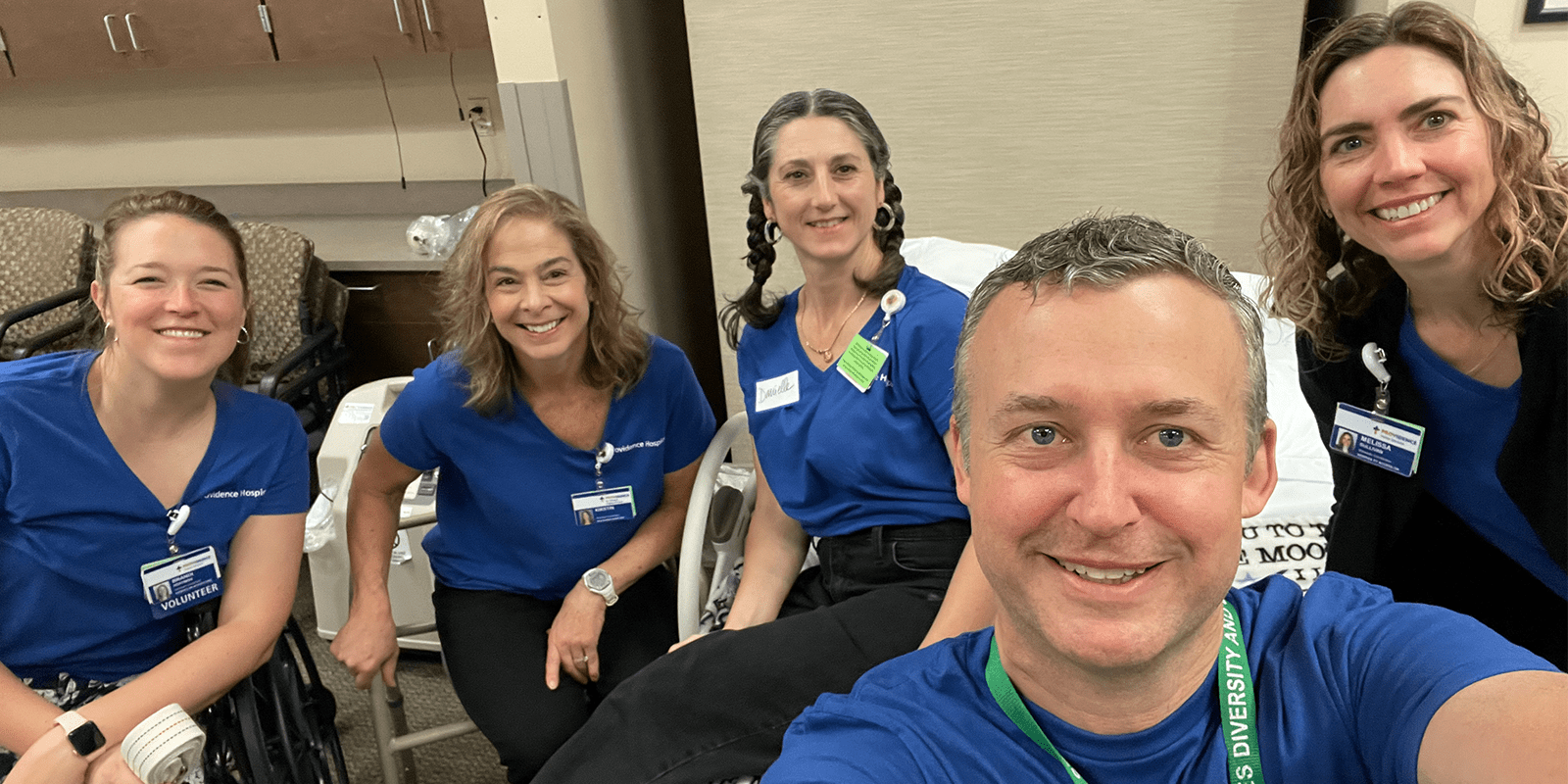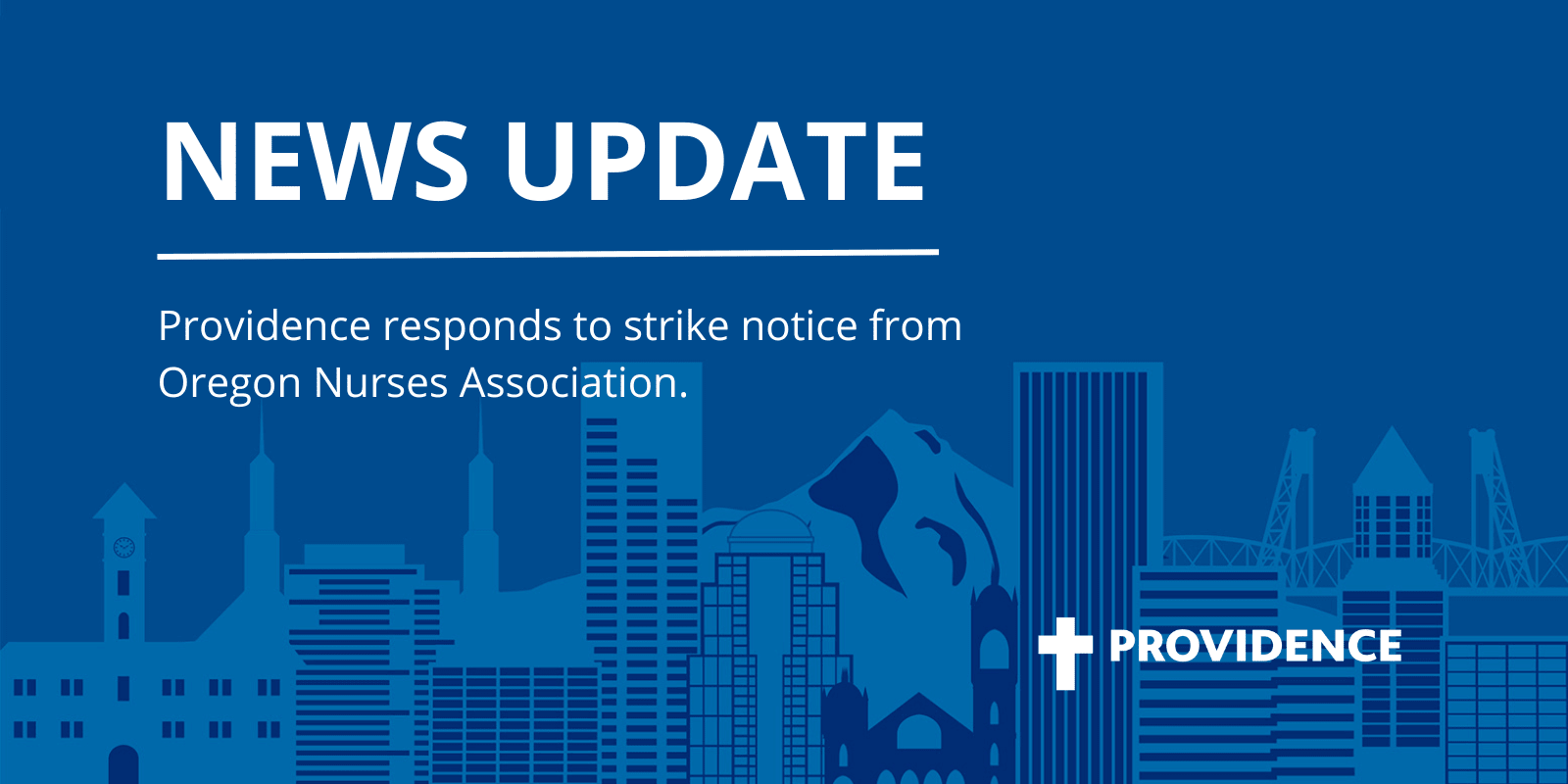Keeping children safe and healthy during RSV season
Like hospitals and health systems nationwide, our health systems are seeing a high number of babies and young children with RSV, or respiratory syncytial virus, requiring hospitalization.
RSV is a common respiratory illness -- almost all children will have an RSV infection by age 2 – that usually causes mild, cold-like symptoms that typically go away in a week or two. However, it’s likely children’s immune systems are not as prepared to fight the virus this year because they were not exposed during the pandemic, when masking, physical distancing and avoiding crowded indoor spaces was common.
Because of the high volume of sick young children requiring emergency services at this time, caregivers and families, unfortunately, may experience long wait times in our emergency departments. Additionally, appointments for urgent, immediate and primary care may take longer to schedule. Except when emergency care is needed, we urge families and caregivers with concerns to first call their primary care provider.
Symptoms of RSV infection usually include runny nose, decrease in appetite, coughing, sneezing, fever or wheezing. Serious symptoms that might indicate the need for emergency care could include trouble breathing, trouble eating due to rapid breathing, wheezing, severe dehydration or lethargy. A helpful example of RSV’s effects on a child’s breathing can be found here.
The best thing parents and caregivers can do to keep their children healthy and safe this fall and winter is to practice all the measures that were emphasized during the pandemic: avoid contact with those who are sick, wash hands frequently, clean and disinfect surfaces and stay up to date on all routine vaccinations, including flu shots and COVID-19 boosters. It’s also helpful to limit infants’ exposure to frequent visitors and crowds, especially if they are at risk for severe illness and/or younger than 12 weeks of age.
We thank you for your patience as we continue to collaborate with the state, and other hospitals and health systems around Oregon, to respond to these challenges and help ensure children have access to the care they need. Governor Brown’s executive order gives hospitals flexibility and support to do this critically important work.




